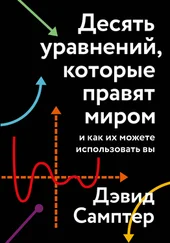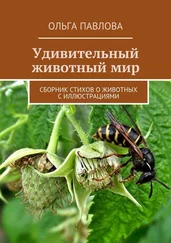Для исполнения и истолкования «танца» пчелам нужно знать, где «верх», а где «низ». В темноте пчелиного гнезда для этого необходимо чувствовать земное притяжение, направленное вниз.
Munz, T. (2005). ‘The bee battles: Karl von Frisch, Adrian Wenner and the honey bee dance language controversy’, Journal of the History of Biology, 38 (3). P. 535–570.
Sterna paradisaea.
Fijn, R. C., Hiemstra, D., Phillips, R. A., & Winden, J. V.D. (2013). ‘Arctic Terns Sterna paradisaea from the Netherlands migrate record distances across three oceans to Wilkes Land, East Antarctica’, Ardea, 101 (1). P. 3–12.
Подробное обсуждение этой темы см. в моей книге: Sextant: A Voyage Guided by the Stars and the Men Who Mapped the World’s Oceans (William Collins, 2014). P. 61–90.
Дословно — «мертвое счисление».
Научное название этого метода — «интегрирование пути».
На самом деле наблюдения за солнцем и звездами можно производить через перископ, но, поскольку это может выдать местоположение атомной подлодки врагу, остро требовались какие-то альтернативные методы навигации.
В науке ее называют идиотетической информацией.
Twain, M. (1872). Roughing It. Hartford, Conn; American Publishing Company. Ch. 31.
Цит. по изд.: Твен М. Налегке / Пер. с англ. В. Топер и Т. Литвиновой // Собр. соч.: В 12 т. М.: Гос. изд-во худ. лит., 1959. Т. 2. С. 170.
Dudchenko, P. A., Why People Get Lost (Oxford University Press, 2010). P. 67 ff.
Souman, J. L., Frissen, I., Sreenivasa, M. N., & Ernst, M. O. (2009). ‘Walking straight into circles’, Current Biology, 19 (18). P. 1538–1542.
Thomson, J. A. (1983). ‘Is continuous visual monitoring necessary in visually guided locomotion?’, Journal of Experimental Psychology: Human Perception and Performance, 9 (3). P. 427.
Cheung, A., Zhang, S., Stricker, C., & Srinivasan, M. V. (2008). ‘Animal navigation: general properties of directed walks’, Biological Cybernetics, 99 (3). P. 197–217.
Limosa lapponica.
Gill, R. E., Tibbitts, T. L., Douglas, D. C., Handel, C. M., Mulcahy, D. M., Gottschalck, J. C., … & Piersma, T. (2009). ‘Extreme endurance flights by landbirds crossing the Pacific Ocean: ecological corridor rather than barrier?’, Proceedings of the Royal Society of London B: Biological Sciences, 276 (1656). P. 447–457.
Piersma, T., & Gill Jr, R. E. (1998). ‘Guts don’t fly: small digestive organs in obese bar-tailed godwits’, The Auk. P. 196–203.
Battley, P. F., Warnock, N., Tibbitts, T. L., Gill, R. E., Piersma, T., Hassell, C. J., … & Melville, D. S. (2012). ‘Contrasting extreme long-distance migration patterns in bar-tailed godwits Limosa lapponica’, Journal of Avian Biology, 43 (1). P. 21–32.
Falco peregrinus.
Речь идет о муравьях-бегунках, или фаэтончиках, рода Cataglyphis.
See Wehner, R. (2013). ‘Life as a cataglyphologist — and beyond’, Annual Review of Entomology, 58. P. 1–18.
Pfeiffer, K., Homberg, U. (2014). ‘Organisation and functional roles of the central complex in the insect brain’, Annual Review of Entomology, 59. P. 165–184.
Wehner, R. (1987). ‘Matched filters — neural models of the external world’, Journal of Comparative Physiology A: Neuroethology, Sensory, Neural, and Behavioral Physiology, 161 (4). P. 511–531.
Srinivasan, M., Zhang, S., & Bidwell, N. (1997). ‘Visually mediated odometry in honeybees’, Journal of Experimental Biology, 200 (19). P. 2513–2522.
Wittlinger, M., Wehner, R., & Wolf, H. (2006). ‘The ant odometer: stepping on stilts and stumps’, Science, 312 (5782). P. 1965–1967.
Wehner, R., Räber, F. (1979). ‘Visual spatial memory in desert ants, Cataglyphis bicolor (Hymenoptera: Formicidae)’, Experientia, 35. P. 1569–1571; Cartwright, B. A., Collett, T. S. (1983). ‘Landmark learning in bees: experiments and models,’ Journal of Comparative Physiology A, 151. P. 521–543; Möller, R., Vardy, A. (2006). ‘Local visual homing by matched-filter descent in image distances’, Biological Cybernetics, 95. P. 413–430; Zeil, J., Hofmann, M. I., Chahl, J. S. (2003). ‘The catchment areas of panoramic snapshots in outdoor scenes’, Journal of the Optical Society of America A, 20. P. 450–469.
Lambrinos, D., Möller, R., Labhart, T., Pfeifer, R., Wehner, R. (2000). ‘A mobile robot employing insect strategies for navigation’, Robot and Autonomous Systems, 30. P. 39–64.
Fleischmann, P. N., Grob, R., Müller, V. L., Wehner, R., & Rössler, W. (2018). ‘The geomagnetic field is a compass cue in cataglyphis ant navigation’, Current Biology.
Shi, N. N., Tsai, C. C., Camino, F., Bernard, G. D., Yu, N., & Wehner, R. (2015). «Keeping Cool: enhanced optical reflection and heat dissipation in silver ants», Science, aab3564.
Darwin, C., The Descent of Man, op. cit., pt I. P. 54.
Heinze, S. (2015). ‘Neuroethology: unweaving the senses of direction’, Current Biology, 25 (21), R 1034–R 1037.
См., например, Weber, K., Venkatesh, S., & Srinivasan, M. V. (1996, August). ‘Insect inspired behaviours for the autonomous control of mobile robots’, in International Conference on Pattern Recognition, Proceedings, 1996. P. 156, IEEE; Weber, K., Venkatesh, S., & Srinivasan, M. V. (1998, August). ‘An insect-based approach to robotic homing’, in Fourteenth International Conference on Pattern Recognition, 1998, Proceedings, vol. 1. P. 297–299, IEEE; Expert, F., Viollet, S., & Ruffier, F. (2011). ‘Outdoor field performances of insect-based visual motion sensors’, Journal of Field Robotics, 28 (4). P. 529–541; Graham, P., & Philippides, A. (2014). ‘Insect-Inspired Visual Systems and Visually Guided Behavior’, Encyclopedia of Nanotechnology. P. 1–9.
Collett, M., & Collett, T. S. (2018). ‘How does the insect central complex use mushroom body output for steering?’, Current Biology, 28 (13), R 733–R 734.
Crocodylus porosus.
Read, M. A., Grigg, G. C., Irwin, S. R., Shanahan, D., & Franklin, C. E. (2007). ‘Satellite tracking reveals long distance coastal travel and homing by translocated estuarine crocodiles, Crocodylus porosus’, PLoS One, 2 (9), e949.
Читать дальше
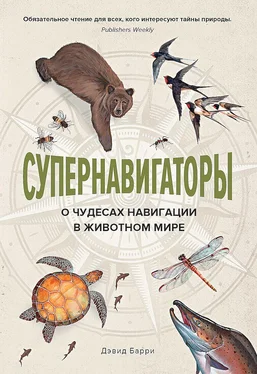
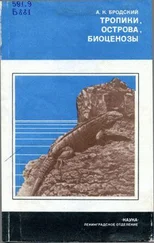
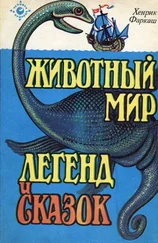
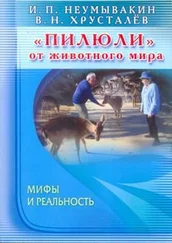

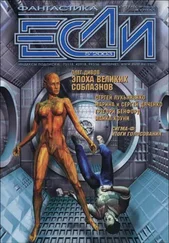

![Дэвид Барри - Супернавигаторы [О чудесах навигации в животном мире] [litres]](/books/393891/devid-barri-supernavigatory-o-chudesah-navigacii-v-thumb.webp)
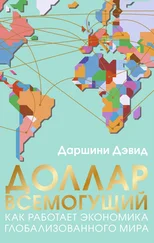
![Барри Пэйн - Новый Гулливер [Затерянные миры. Том XXIV]](/books/406917/barri-pejn-novyj-gulliver-zateryannye-miry-tom-xx-thumb.webp)

